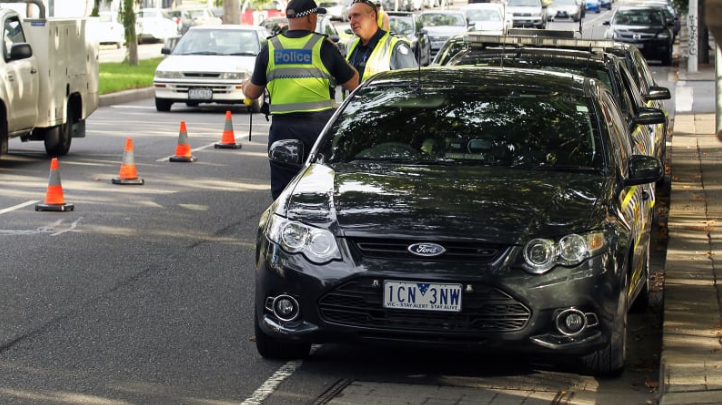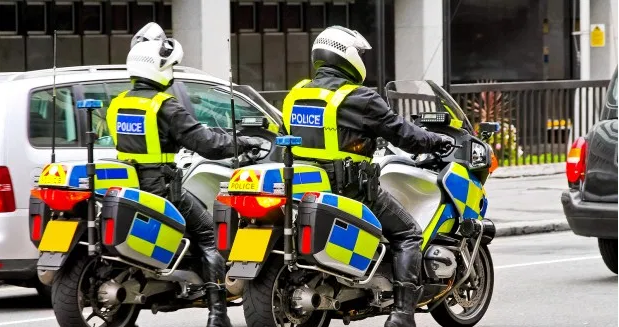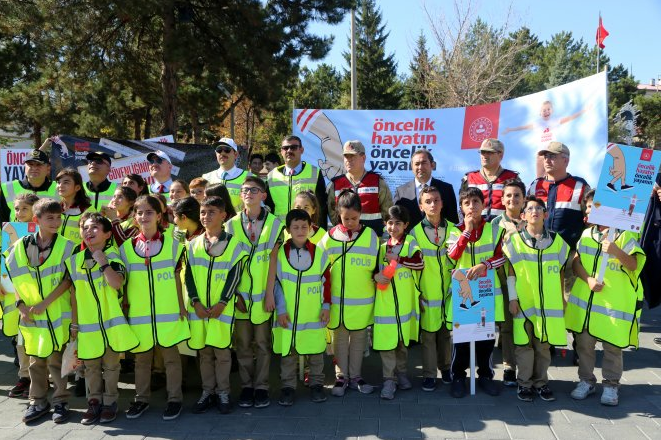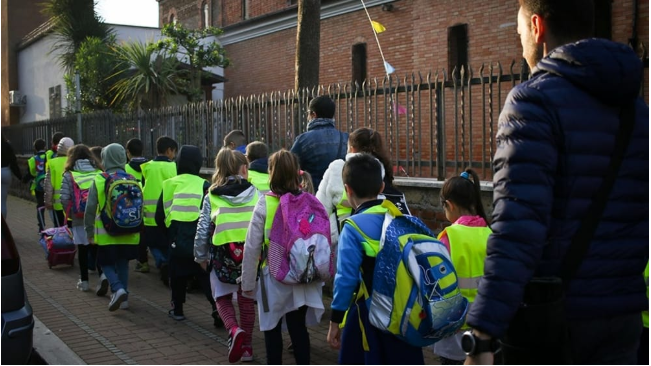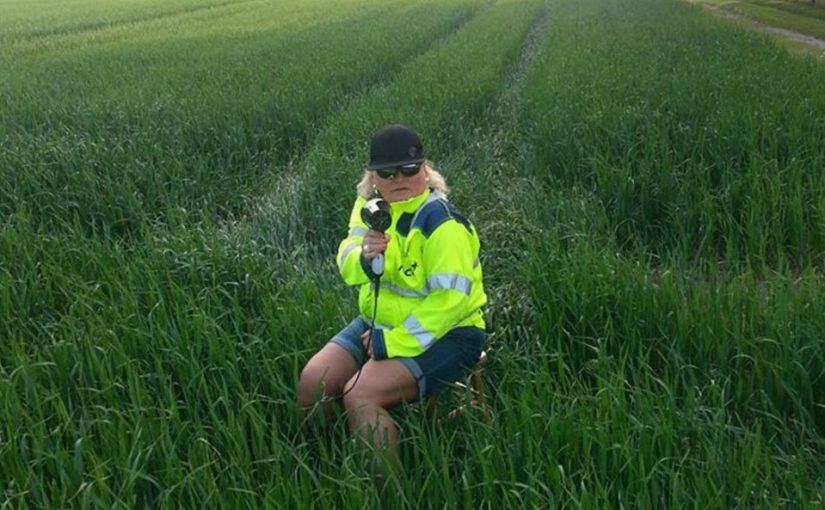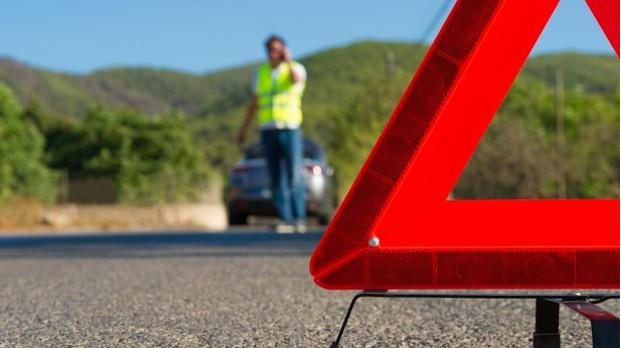Activities were carried out in Kayseri, Sivas, Kırıkkale, Yozgat, Kırşehir, and Niğde to draw attention to pedestrian priority with the participation of the provincial protocol.
To draw attention to pedestrian priority in traffic, activities were carried out in pedestrian crossings in Kayseri, Sivas, Kirikkale, Yozgat, Kirsehir, and Nigde.
Within the scope of the iz, we are on duty for pedestrian safety Kamp campaign initiated by the Ministry of Interior to announce 2019 as Y Pedestrian Priority Traffic Year Kamp, Governor Şehmus Günaydın, Mayor Memduh Büyükkılıç, Kocasinan Mayor Ahmet Çolakbayrakdar and police officers attended the event.
Stopping vehicles in the Republic Square reminded the priority of pedestrian Günaydın and Büyükkılıç, gave flowers to the drivers.
Governor Gunaydin said that the rules are mandatory for the peace and security of society, “the Ministry of Interior is doing several practices to reduce the loss of life and injuries. We have seen the implementation of pedestrian priority in place.” he said.
Metropolitan Municipality Mayor Büyükkılıç stated that the majority of drivers in Kayseri adhere to traffic rules, “First we will apply ourselves, we will be an example to others. Then we will enter into expectation from others. We have to do this if we want to leave a good future for our children.” said.
After the speeches, helmets were distributed to the participants of the program by the Municipality of Kocasinan.
Sivas
Sivas Street, the event, Governor Salih Ayhan, Mayor Hilmi Bilgin, Chief Public Prosecutor Hasan Ugurlu, Police Chief Kenan Aydogan, Provincial Gendarmerie Commander Colonel Idris Tataroglu, and other provincial protocol students attended.
Governor Ayhan reminded that 2019 was a pedestrian priority traffic year and they wanted to reflect this theme and understanding to the field for a year.
Mayor Bilgin stated that the project aims to provide traffic safety and to create awareness.
Provincial protocol and students wearing police reflective vests and hats, drivers and pedestrians distributed informative brochures.
Kirikkale
Kırıkkale’Deki event, Governor Yunus Sezer, Police Director Gunter Senses, Provincial Gendarmerie Commander Colonel Ugur Ozmen, and students, distributed to the drivers on the pedestrian crossing Hürriyet Street, informed them.
Sezer, said in a statement here, increasing the traffic awareness of the application, to be more respectful of the pedestrians in traffic and given priority because of voice, “We see that the traffic accidents with applications reduced to a minimum. According to last year, a decline of up to 15 percent in fatal traffic accidents Kırıkkale there is.” said.
Sezer, Kirikkale Children’s Traffic Education Park since the opening of approximately 3 thousand children have been given training, he said.
Kirsehir
Hundreds of middle school students warned the drivers with currency and slogans at the event held in the streets of Terme, Ankara, and Lise in Kirsehir.
During the activities, students stopped wearing the gendarmerie and police vests and stopped the pedestrians.
Governor İbrahim Akin, Provincial Police Chief Murat Türesin, Provincial Gendarmerie Commander Gendarmerie Colonel Ferhat Kuran and related institution supervisors handed out brochures containing information about traffic and pedestrian.
Governor Akin, without light, intersections, school crossings and pedestrian crossings, giving priority to pedestrians by drivers, reminded that it is necessary to give the right of the first pass.
Yozgat
Yozgat High School Street Fatma Basic Turhan Middle School organized in front of the event, Governor Kadir Cakir, Police Chief Murat Esertürk, Provincial Gendarmerie Commander Colonel Bilgihan Yesilyurt, Provincial Director of National Education Yusuf Yazici, attended the police and gendarmerie staff.
In the program, Çakır handed out traffic safety brochures to the students.
Cakir students who showed great interest wanted to sign the brochures, interesting images appeared.
Cakir passing through the road with the students, told reporters, the drivers wanted to give priority to pedestrians.
Nigde
In Nigde Sami Yagiz Street, the event, Governor Yilmaz Simsek, Mayor Emrah Ozdemir, visually impaired citizens, institution managers, and students attended.
Şimşek and Özdemir pointed out the pedestrian priority by showing foreign exchange to students on the way to the pedestrian.
Şimşek stated that the event was organized at many points, including other schools and public institutions, and said they wanted to draw attention to pedestrian priority in pedestrian crossings.
Police Chief Salim Cebeloğlu also distributed brochures to drivers on Ayhan Şahenk Boulevard with the students.
